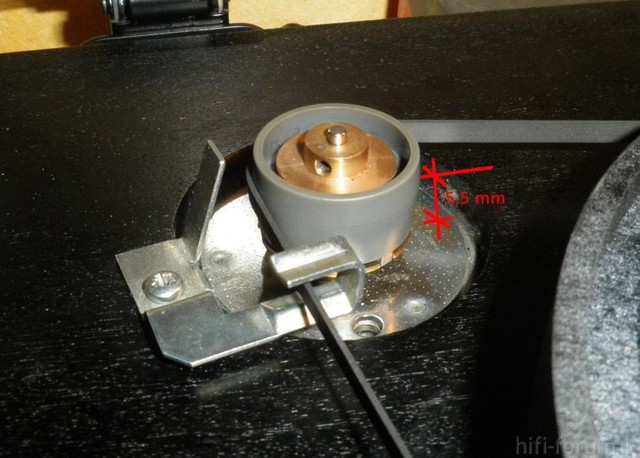Recently this has started getting worse, but it has done this for as long as I've owned it and all the various suggestions haven't cured it.
On switching off the belt drops down the motor pulley and rides on the tapered part of the pulley, so that on next start-up it can take a while to either jump up on it's own or manually spinning the platter before start up sometimes solves it but recently even that has stopped working.
It's getting annoying now hence asking here, I've cleaned and adjusted various bits to no avail.
Here is a short video to explain, although this video is a little while old and now it doesn't jump up on it's own for ages.
On switching off the belt drops down the motor pulley and rides on the tapered part of the pulley, so that on next start-up it can take a while to either jump up on it's own or manually spinning the platter before start up sometimes solves it but recently even that has stopped working.
It's getting annoying now hence asking here, I've cleaned and adjusted various bits to no avail.
Here is a short video to explain, although this video is a little while old and now it doesn't jump up on it's own for ages.


